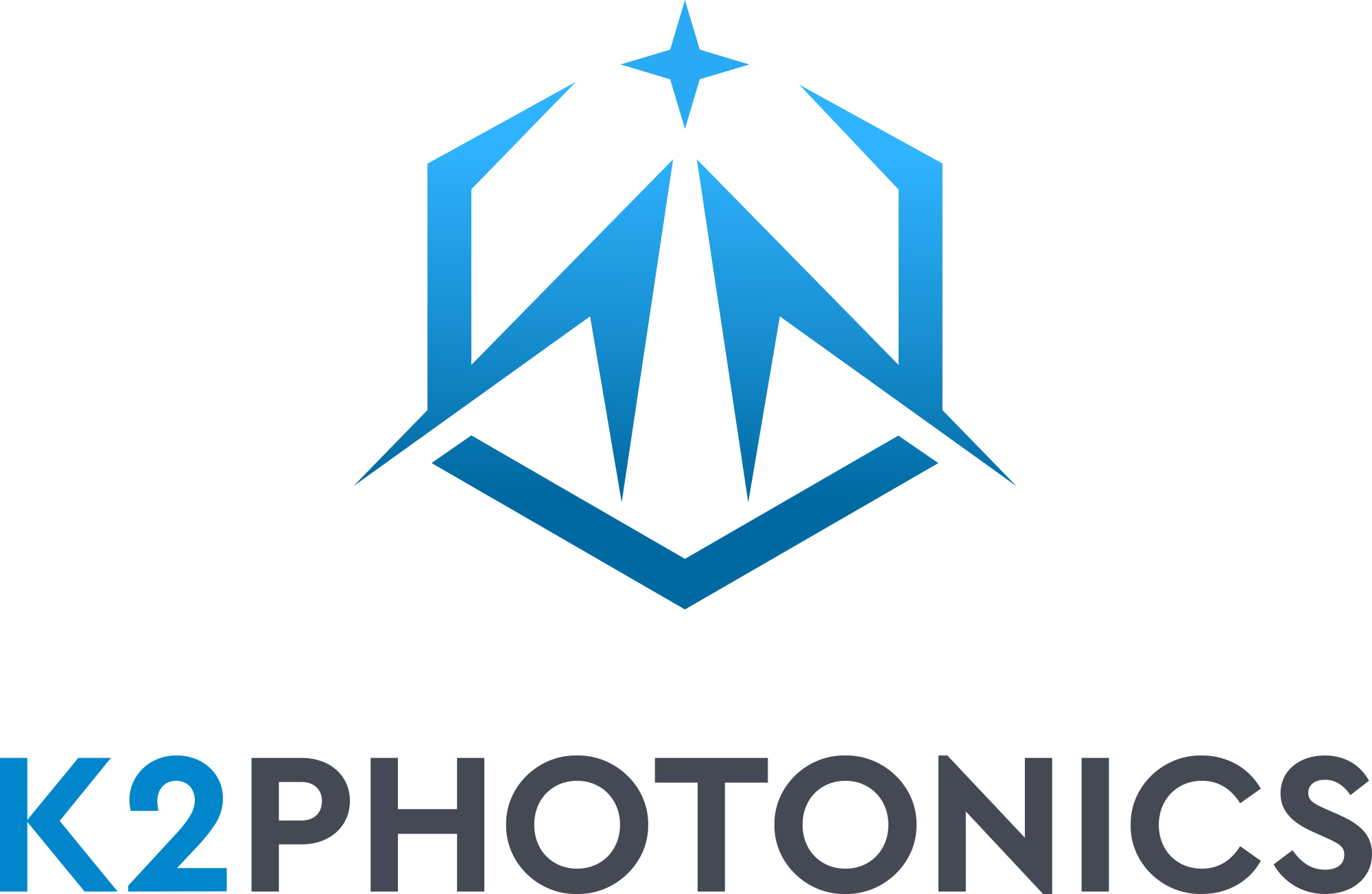Dual-comb spectroscopy
High-speed multi-species gas monitoring.
Introduction
Dual-comb spectroscopy is a powerful technique utilized in a wide range of practical applications. It plays a crucial role in environmental monitoring, industrial process control, atmospheric studies, combustion analysis, and many other fields. By measuring the interaction between light and gas molecules, spectroscopy provides valuable insights into gas composition, concentration, and other properties.
Broadband approaches, such as Fourier transform spectroscopy, are commonly employed in gas spectroscopy. Fourier transform spectroscopy utilizes an interferometer to measure the intensity of light as a function of wavelength. This approach captures the entire spectrum simultaneously, allowing for the analysis of multiple gas species within a single measurement.
Key challenge: optical delay sweep in Fourier transform spectrometry
Traditional Fourier transform spectroscopy faces challenges when it comes to achieving both high resolution and fast update rates. The spectral resolution is limited by the difference of the interferometer arm lengths, which can require impractical optical delay path differences. Additionally, mechanical scanning mechanisms used in Fourier transform spectroscopy often introduce limitations in terms of speed, sensitivity, and reliability. These limitations have driven the need for alternative approaches that can overcome these challenges and provide improved performance in gas spectroscopy applications.
Dual-comb spectroscopy
Dual-comb spectroscopy is a cutting-edge technique that harnesses the unique properties of frequency combs to achieve high-resolution gas spectroscopy with fast update rates. Unlike traditional spectroscopic methods, dual-comb spectroscopy does not rely on mechanical scanning or moving parts. Instead, it utilizes two precisely controlled frequency combs that generate a stable and coherent temporal interference pattern from which the spectroscopic information can be extracted with a simple Fourier transform.
Furthermore, dual-comb spectroscopy provides fast update rates, allowing for real-time and continuous monitoring of gas samples. With a simple photodiode, the entire gas spectrum can be rapidly captured, eliminating the need for mechanical scanning and enabling high-speed data acquisition. This fast update rate is particularly valuable for dynamic gas analysis and process control applications where real-time measurements are essential.

Dual-comb spectroscopy with a single-cavity dual-comb laser
In the realm of dual-comb spectroscopy, single-cavity dual-comb lasers offer a unique approach to achieving high-resolution gas analysis. However, in single-cavity configurations, a common challenge arises due to the limited coherence time between the two combs, as they are typically free-running.
To address this challenge, there are two primary strategies employed: fast measurements or additional processing steps for long-term coherent averaging. In the case of fast measurements, the data acquisition must be performed at high speeds to capture the required information within the limited coherence time. This approach allows for real-time analysis of gas samples but may impose limitations on certain applications.
Alternatively, additional processing steps can be employed to obtain long-term coherent averaging in single-cavity dual-comb spectroscopy. One approach involves introducing an auxiliary continuous-wave (cw) laser that tracks the evolution of the relative phases between the combs. This auxiliary laser provides a reference for coherent averaging and enables long-term stable measurements without the need for external stabilization electronics.
Another technique involves operating the combs at a high repetition rate difference, allowing for self-consistent relative optical phase sampling. In this case combline-resolved measurements can be obtained for an indefinite measurement time. This approach eliminates the need for stabilization electronics while still achieving accurate gas analysis.
Both strategies enhance the capabilities of single-cavity dual-comb spectroscopy, enabling it to perform high-resolution gas measurements over extended periods. With the ability to obtain combline-resolved measurements without the reliance on stabilization electronics, single-cavity dual-comb lasers provide a more accessible and practical solution for gas sensing and process control applications.
K2 Photonics value proposition for high-resolution Fourier transform spectroscopy
Various dual-comb spectroscopy study examples with our technology are showcased in the Resources section.



